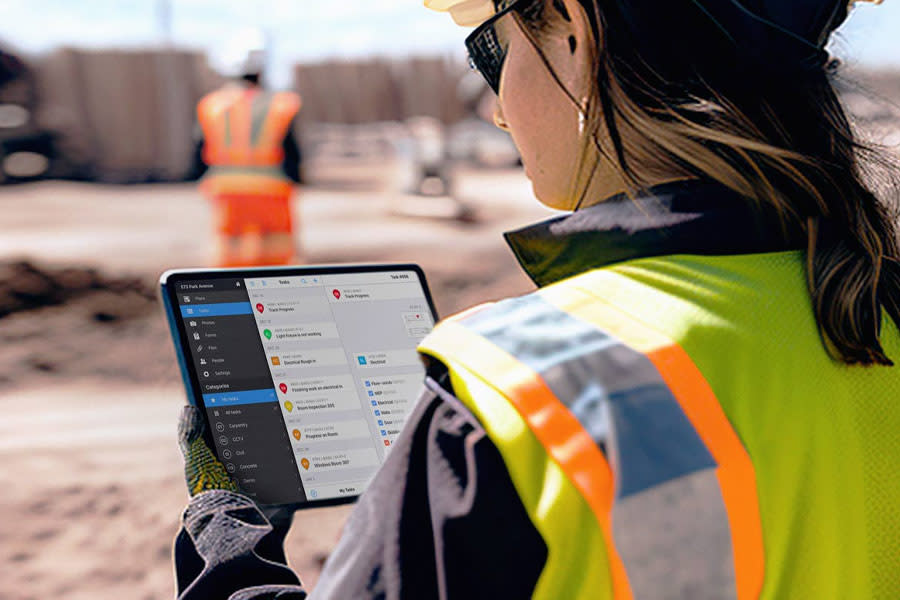Building beyond boundaries: BIM and the data revolution in construction
The construction industry is undergoing a big change, with the adoption of Building Information Modeling (BIM) at its core. BIM brings many benefits to the table, including improved collaboration, streamlined processes, and enhanced project outcomes. However, embracing BIM is just one aspect of maximizing construction efficiency.
Let’s explore some of the challenges faced by construction professionals, the importance of staying focused on the fundamentals of design and construction, and how the industry can attract new, young professionals while adapting to emerging trends.
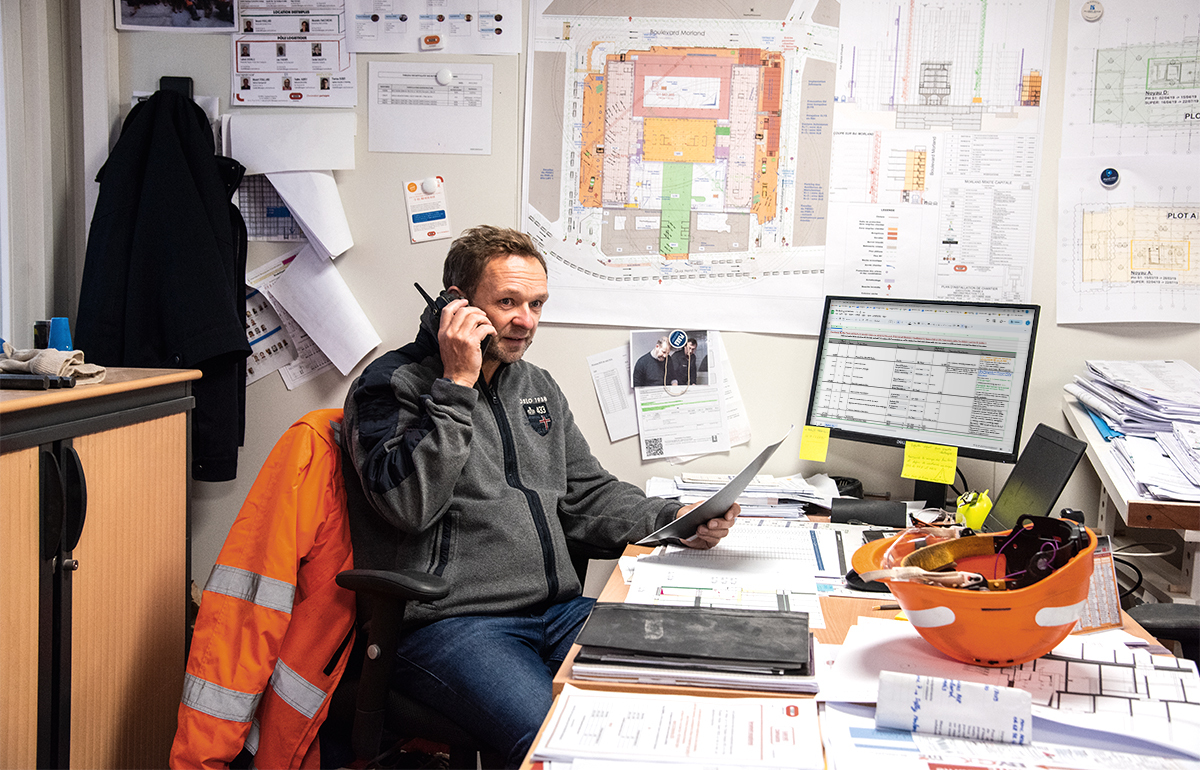
Challenges faced
Construction professionals navigate a landscape full of challenges that impact project efficiency and productivity. One of the key hurdles lies in the availability and quality of information.
Incomplete or inadequate data provided by design teams often leads to ambiguity and gaps, making it challenging for contractors to fill in the missing pieces and ensure accurate implementation. This not only hinders productivity but also increases the likelihood of errors, change orders, and delays during construction.
There is also a need to overcome resistance to change within the industry. Traditional working methods, while deeply rooted and experience-based, may limit the industry's ability to fully harness the potential of data. By embracing a mindset that prioritizes comprehensive information and collaborative workflows, construction professionals can unlock new levels of efficiency and elevate project outcomes.
Additionally, attracting and retaining skilled labor is a pressing concern. As experienced professionals retire, the industry must actively seek ways to attract and nurture the next generation of construction experts.
Creating an environment that values innovation, technology integration, and continuous learning is crucial to inspire and engage young professionals, propelling the industry forward into a new era of excellence.
Adapting organizational structures
To address these challenges and attract new young professionals, organizations must adapt their structures and practices. Embracing technology and innovation is key, as younger generations are often drawn to construction companies that prioritize the use of advanced tools and processes.
Implementing BIM and leveraging visualization technologies, such as 4D/5D renderings, virtual reality (VR), augmented reality (AR), and mixed reality (MR), not only enhances project planning and coordination but also appeals to tech-savvy individuals seeking dynamic and engaging work environments.
Organizations should also focus on creating inclusive cultures that foster mentorship and collaboration. Encouraging knowledge sharing between experienced professionals and emerging talent cultivates a positive learning environment and accelerates professional development.
By emphasizing the value of diverse perspectives and providing opportunities for growth, construction companies can position themselves as attractive employers for the next generation.
Industry trends
The construction industry is at the forefront of innovation, embracing trends that drive efficiency, productivity, and sustainable practices. Let's explore three key trends in more detail:
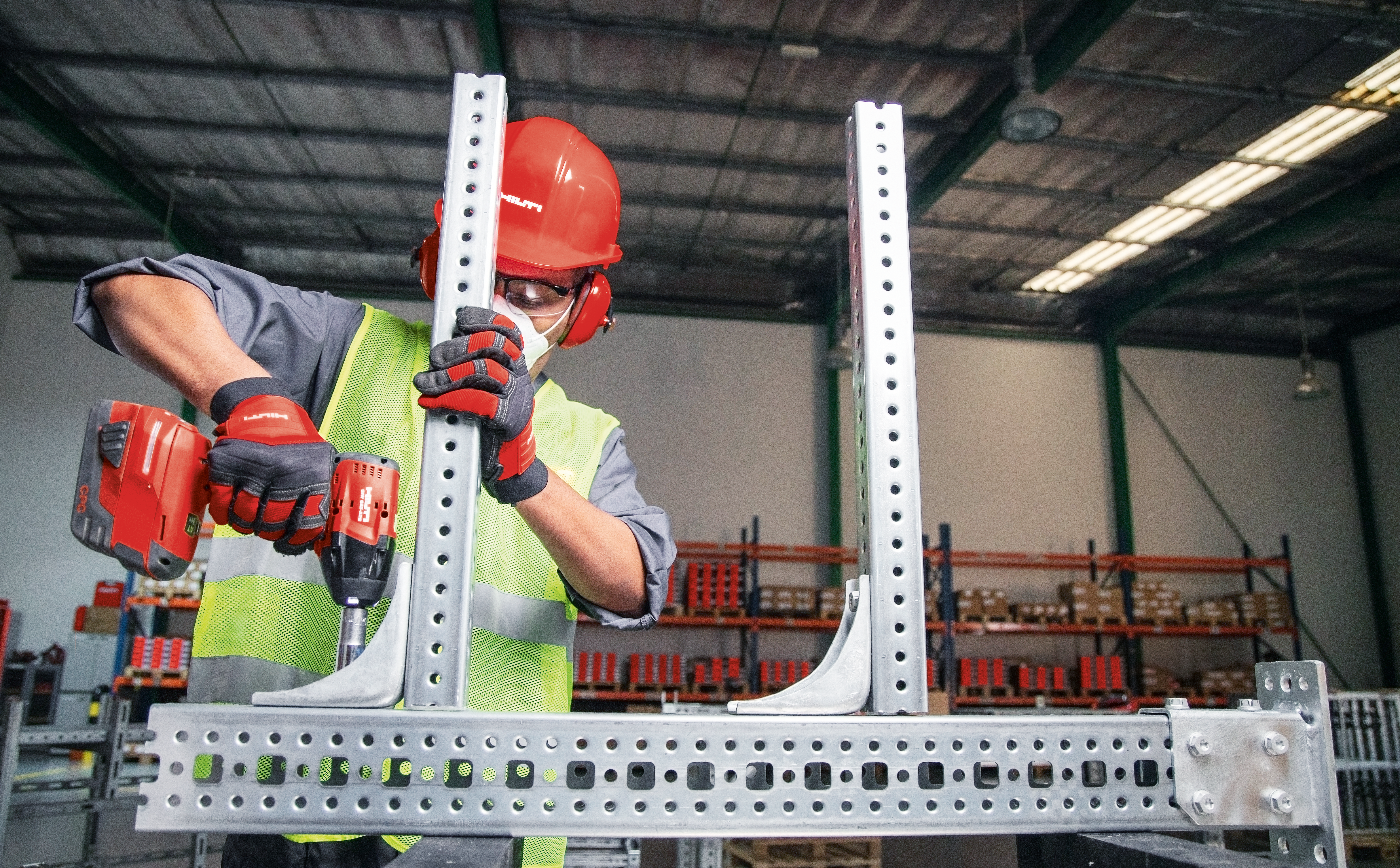
Prefabrication: Construction projects increasingly incorporate off-site prefabrication techniques, revolutionizing traditional construction methods. Prefabrication allows for the construction of building components in controlled factory environments, enabling expedited construction timelines, reduced waste, and improved quality control.
By aligning with the principles of BIM, accurate designs can be seamlessly translated into efficient fabrication processes and on-site assembly. Prefabrication empowers construction professionals to achieve greater precision, cost-effectiveness, and sustainability in their projects.
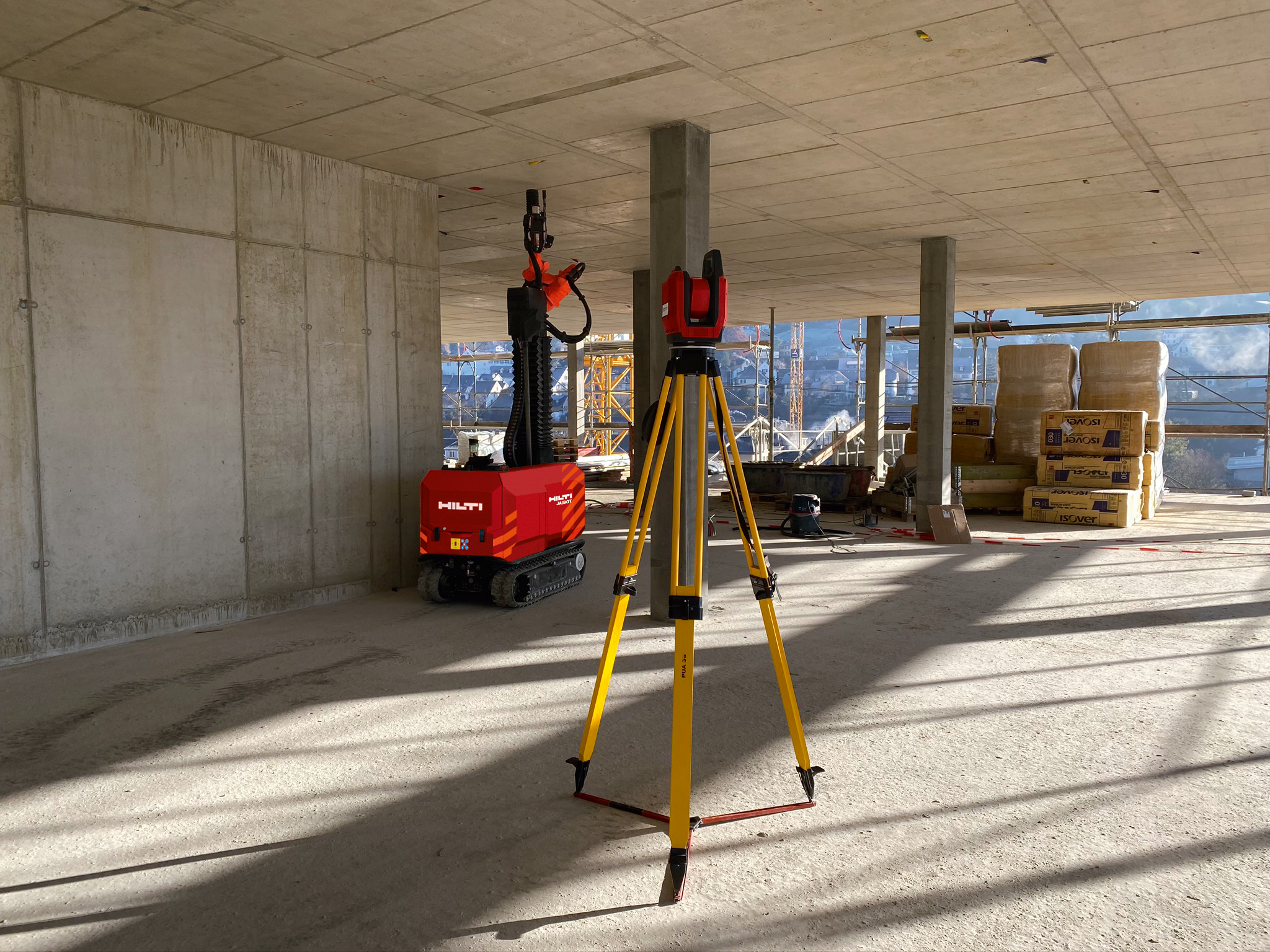
Robotics and automation: The integration of robotics and automation is transforming the construction industry, revolutionizing tasks and processes. Innovative digital solutions like total stations have made on-site layout easier than ever before.
From robotic arms for on-site construction tasks to autonomous vehicles for material delivery, robotics and automation enhance safety, precision, and efficiency, attracting technology-oriented talent to the construction sector and bridging the gap between construction and cutting-edge technologies.
By leveraging robotics and automation, construction professionals can streamline repetitive tasks, increase productivity, and optimize resource utilization, ultimately driving progress and innovation in the industry.
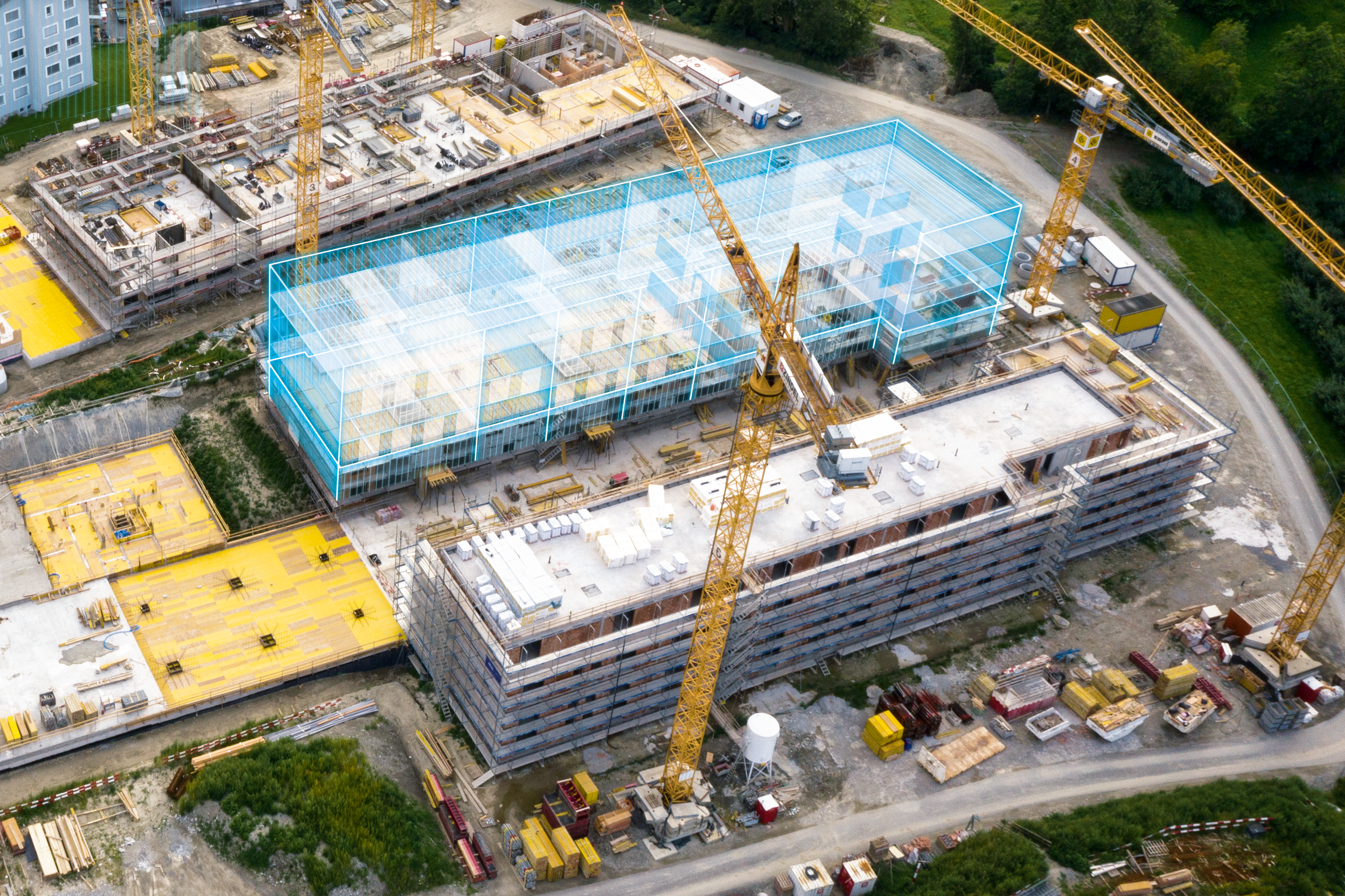
Digital collaboration platforms: The industry is witnessing the emergence of advanced digital collaboration platforms that facilitate seamless communication, coordination, and information sharing among project stakeholders. These platforms offer centralized hubs for real-time collaboration, document management, and workflow tracking.
By connecting architects, engineers, contractors, and other stakeholders, digital collaboration platforms enable streamlined decision-making, reduced errors, and improved project coordination. Such platforms empower construction professionals to work together efficiently, regardless of geographical locations, enabling a truly connected and collaborative construction ecosystem.
Multipronged approach
Maximizing construction efficiency requires a holistic approach that encompasses embracing BIM, attracting new young professionals, and adapting to industry shifts. By addressing challenges related to the means and methods of construction, fostering a culture of innovation, and leveraging emerging technologies, organizations can position themselves for success.
Through prefabrication, visualization tools, robotics, and a focus on talent attraction, the construction industry can drive productivity, enhance project outcomes—and create a vibrant future for the next generation of construction professionals.
Additional opportunities to incorporate technology and attract young professionals in the construction industry is the use of jobsite management software like Fieldwire.

 Trevor Owen •
Trevor Owen • 